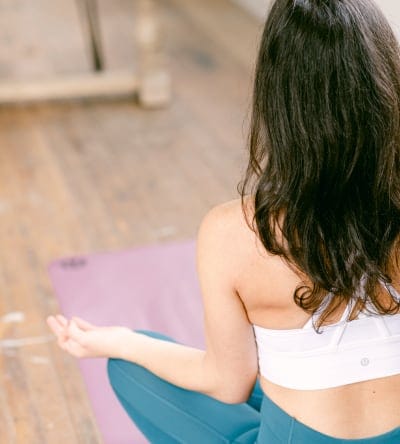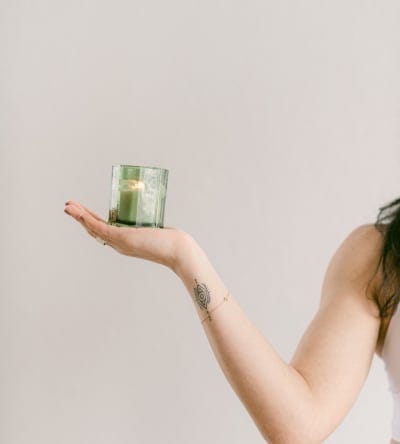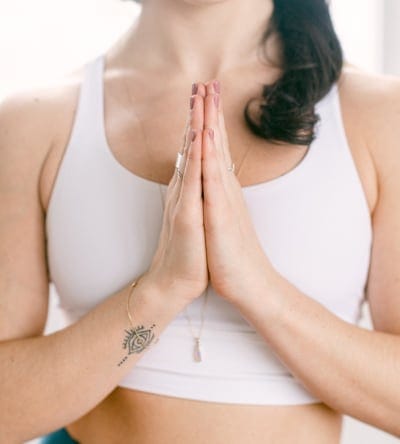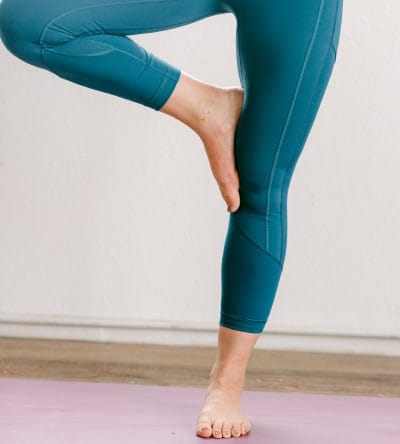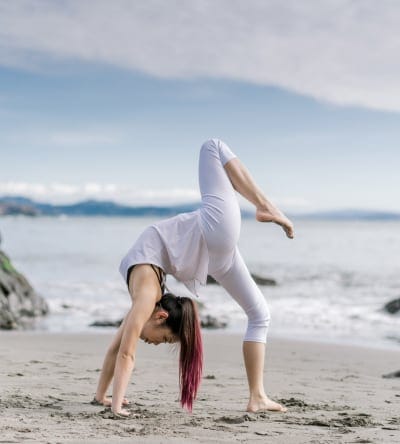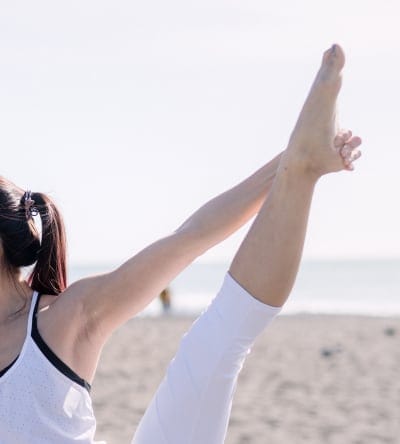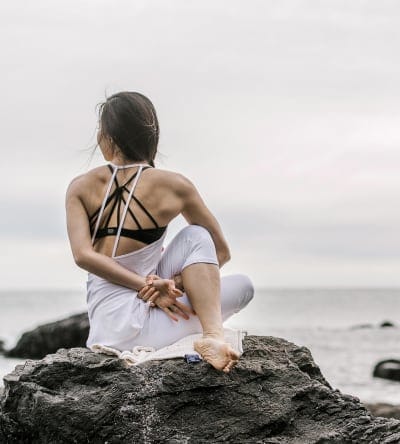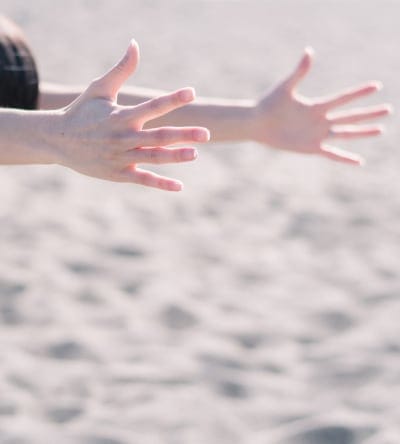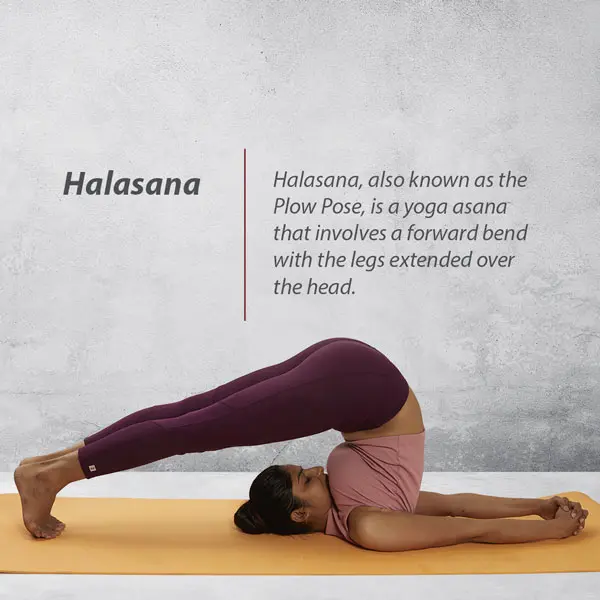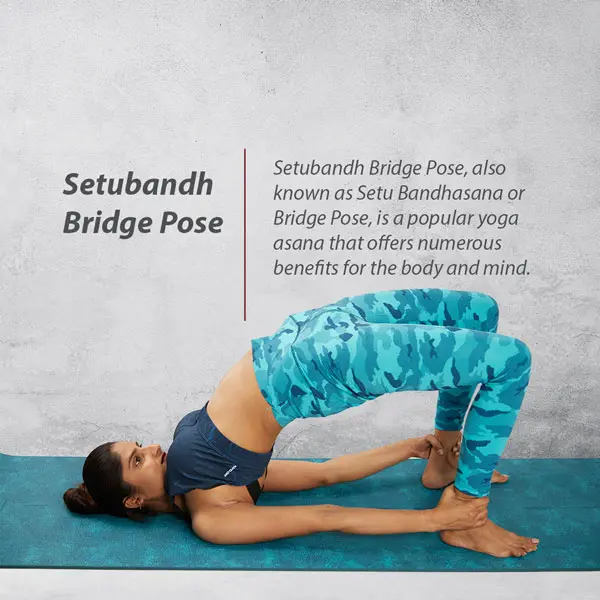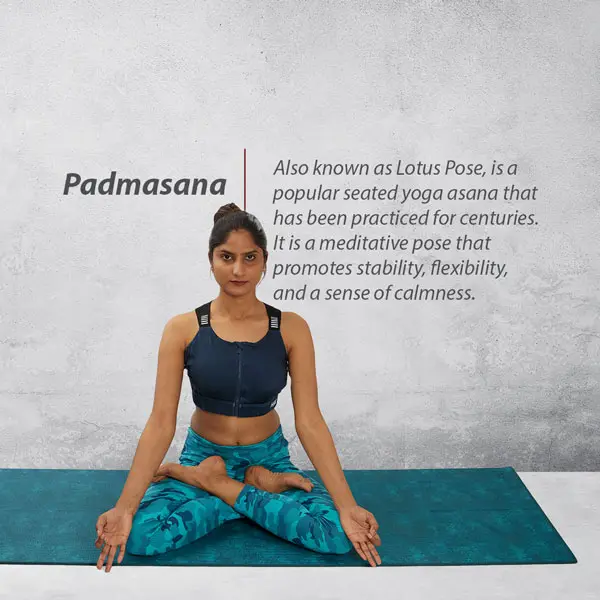10 Ways to Master the Matsyasana Fish Pose and its Benefits
(Sanskrit: मत्स्यासन; IAST: Matsyāsana)
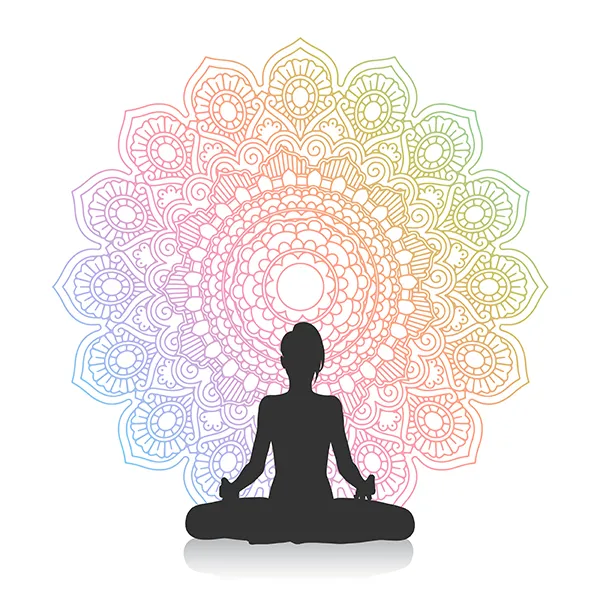
Introduction to Matsyasana (Fish Pose), Fish Pose Benefits and other yoga health benefits
Matsyasana, known as the Fish Pose, is a graceful and invigorating yoga asana that embodies the flexibility and strength of a fish. Perfectly harmonizing with the tranquil ethos of Renuka Yoga Studio, this pose is a favorite among yoga enthusiasts seeking to enhance their practice. Matsyasana is renowned for its ability to open up the chest and throat area, making it an excellent posture for improving respiratory health and counteracting the effects of prolonged sitting or computer work.
In this rejuvenating pose, practitioners lie on their back, prop up their upper body with their elbows, and arch their back, tilting their head back to touch the crown to the floor. This asana effectively stretches the front of the neck, the thorax, and the abdomen, promoting better posture and flexibility. It’s particularly beneficial for those looking to alleviate respiratory ailments, combat fatigue, and reduce throat and thyroid problems.
By incorporating Matsyasana into your routine, you’re not just performing a physical exercise; you’re embarking on a journey towards improved well-being. Renuka Yoga Studio encourages incorporating this pose for its multifaceted benefits, including stress relief, enhanced circulation, and spinal health. Dive deeper into Matsyasana and other transformative poses by exploring our classes, available both online and at our serene studio.
Comparison between Half Matsyasana (Half Fish Pose) & Matsyasana (Fish Pose)
Step-by-step Video Guide to Matsyasana (Fish Pose)
Note: It’s important to listen to your body and not force yourself into any pose. If you have any medical concerns or pre-existing conditions, it’s advisable to consult with a healthcare professional before attempting new exercises or yoga asanas.
Matsyasana (Fish Pose) step-by-step pose instructions:
Below are steps to perform Halasana for beginners
Step 1
Starting Position: Begin by sitting on a yoga mat in Dandasana (Staff Pose), with your legs extended in front of you and your back straight.
Step 2
Transition to Lotus Pose (Optional): If you’re comfortable with it, gently fold your legs into Padmasana (Lotus Pose). If not, you can keep your legs extended or bend your knees, placing your feet flat on the mat.
Step 3
Lower Your Back: Gently recline onto your back. If in Padmasana, use your elbows and arms to support your descent. If your legs are straight or bent, you can simply lie down on your back.
Step 4
Elbow and Forearm Support: Place your elbows and forearms on the floor on either side of your torso, and press them down into the ground to lift your upper body and create an arch in your back.
Step 5
Arching the Back: Lift your chest and arch your back as much as is comfortable. Tilt your head back to bring the crown of your head to the floor. Ensure that most of the weight remains on your elbows and not on your head.
Step 6
Hand Position: You can either keep your hands on your thighs (if in Lotus Pose) or place them on your abdomen. Alternatively, reach out and grasp your toes if you are in the full expression of the pose.
Step 7
Breathing: Breathe deeply in this position, filling your chest with air. Feel the stretch across your chest and throat.
Step 8
Hold the Pose: Maintain the pose for a few deep breaths, according to your comfort level.
Step 9
Releasing the Pose: To come out of the pose, first lift your head gently off the floor, lower your torso back to the ground, and then straighten your legs if they are folded.
Step 10
Rest: Lie in Savasana (Corpse Pose) for a few moments to relax.
10 Benefits of Benefits of practicing Matsyasana (Fish Pose)
- Improves Respiratory Health: By opening up the chest and thorax, Matsyasana helps expand the lungs, facilitating deeper breathing. This can be especially beneficial for those with respiratory issues like asthma.
- Relieves Tension in the Neck and Shoulders: The backward bend in Matsyasana stretches the muscles of the neck and shoulders, providing relief from tension and stiffness in these areas.
- Strengthens the Back Muscles: The pose engages and strengthens the muscles of the upper back and spine, improving posture and alleviating backaches.
- Stimulates the Thyroid and Parathyroid Glands: The backward bend and neck extension stimulate the thyroid and parathyroid glands, aiding in the regulation of metabolic functions.
- Enhances Flexibility of the Spine: Regular practice of Matsyasana enhances spinal flexibility, which is crucial for a healthy back and overall agility.
- Boosts Digestive Function: The stretch in the abdominal area can stimulate the organs in the abdomen, improving digestion.
- Reduces Stress and Anxiety: Like many yoga poses, Matsyasana has a calming effect on the mind, helping to reduce stress and anxiety levels.
- Improves Posture: By opening the chest and aligning the spine, Matsyasana encourages better posture, which is particularly beneficial for those who spend long hours sitting.
- Energizes the Body: The pose increases blood flow to the brain and is invigorating, leaving the practitioner feeling more energized and alert.
- Promotes Emotional Balance: The heart-opening aspect of the pose can also aid in releasing emotional tension, promoting a sense of balance and well-being.
Modifications and Variations of Matsyasana (Fish Pose)
- Supported Matsyasana with a Yoga Block or Bolster:
- Place a yoga block or bolster lengthwise behind you.
- Sit in front of the prop with your knees bent and feet flat on the floor.
- Slowly recline back so that your thoracic spine (upper back) rests on the prop, and your head gently drops back.
- This version is excellent for those who find the traditional pose too intense or have neck issues.
- Matsyasana with Bent Knees:
- Instead of extending your legs, keep your knees bent and feet flat on the floor.
- This reduces the strain on your lower back and is a good option for beginners.
- Matsyasana with Legs in Padmasana (Lotus Pose):
- For those with more flexibility, you can perform Matsyasana with your legs crossed in the Lotus Pose.
- This intensifies the stretch but should only be attempted if you’re comfortable in Padmasana without any strain.
- Matsyasana with a Strap:
- If maintaining the arch in the back is challenging, you can use a yoga strap.
- Place the strap around your back at the level of your shoulder blades and hold the ends with your hands, keeping your elbows on the floor.
- The strap helps maintain the arch and open the chest.
- Half Matsyasana (One Leg in Padmasana):
- Place only one leg in the Lotus position while the other leg remains straight.
- This is a good intermediate step between the full pose and simpler versions.
- Wall-Assisted Matsyasana:
- Sit with your back towards a wall and your feet flat on the floor.
- As you lie back, use the wall to support your back and head, allowing your chest to open up comfortably.
Precautions to consider while performing Matsyasana:
- Neck and Spine Sensitivity: If you have any neck or lower back issues, including herniated discs or severe pain, be cautious. Avoid dropping your head back too far and consider using a bolster or cushion for support.
- High Blood Pressure or Heart Problems: Individuals with high blood pressure or heart conditions should practice a milder version of the pose or avoid it altogether, depending on their doctor’s advice.
- Avoid During Late Pregnancy: Pregnant women, especially in their second and third trimesters, should avoid this pose due to the intense backbend and pressure on the abdomen.
- Be Cautious with Headaches and Migraines: If you’re prone to severe headaches or migraines, be careful with this pose as the backward tilt of the head might exacerbate these conditions.
- Respiratory Issues: While Matsyasana can benefit respiratory health, those with severe respiratory issues should practice under expert guidance.
- Hyperextension of the Neck: Be mindful not to overstrain or hyperextend your neck. The lift should come from the chest and upper back rather than cranking the neck.
- Dizziness or Discomfort: If you feel dizzy or uncomfortable in the pose, gently come out of it. Don’t rush the movements.
- Leg Position: If you have tight hips or thighs, avoid the Padmasana (Lotus) leg position in Matsyasana. Instead, keep your legs straight or gently bent.
- Use Props for Support: Props like bolsters, cushions, or yoga blocks can be used for additional support, especially if you’re a beginner or have mobility limitations.
- Duration: Do not hold the pose for too long if you are a beginner. Start with a few seconds and gradually increase the duration as you become more comfortable.
Always listen to your body and respect its limits. It’s a good practice to warm up with gentler backbends and stretches before attempting Matsyasana. For personalized guidance and safe practice, especially if you have specific health concerns, consider attending a class at a yoga studio like Renuka Yoga Studio or consulting with a qualified yoga instructor.
Experienced & Certified Yoga Instructors at Renuka Yoga Studio:
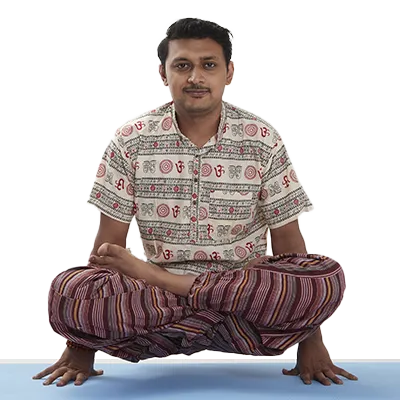
Chetan Rajput
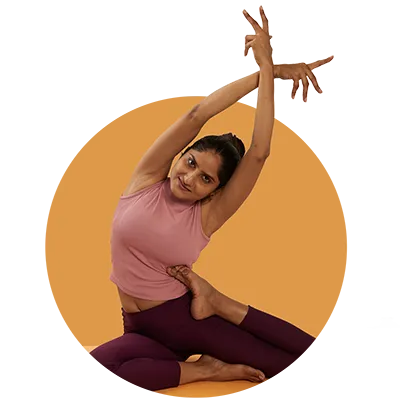
Renuka Chauhan
See what clients say about us... Google
Similar asanas to Matsyasana:
- Bhujangasana (Cobra Pose): A gentle backbend that strengthens the spine, opens the chest, and helps to improve respiratory function.
- Ustrasana (Camel Pose): An intense backbend that stretches the entire front of the body, improves spinal flexibility, and opens the chest and shoulders.
- Setu Bandhasana (Bridge Pose): A milder backbend that strengthens the back muscles, stretches the chest and neck, and can be a great preparatory pose for deeper backbends.
- Dhanurasana (Bow Pose): This pose involves bending the back and catching the ankles with the hands, creating a shape like a bow. It opens the chest and strengthens the back muscles.
- Chakrasana (Wheel Pose): An advanced backbend that provides a deep stretch to the chest and spine. It’s highly effective for increasing flexibility and strength in the back.
- Supta Virasana (Reclining Hero Pose): While primarily a thigh and hip flexor stretch, this pose also opens the chest and can help improve breathing.
- Anjaneyasana (Crescent Moon Pose): A lunging backbend that opens the front body, including the chest and hip flexors, while also building strength in the legs.
- Salabhasana (Locust Pose): A prone backbend that strengthens the muscles of the spine, buttocks, and backs of the arms and legs. It’s also great for improving posture.
- Supta Baddha Konasana (Reclining Bound Angle Pose): A restorative pose that opens the chest and hips. It’s an excellent pose to release tension and can be done with props for relaxation.
- Tadasana with Backbend (Mountain Pose with Backbend): A standing backbend that opens the front of the body and helps to improve posture and balance.
These asanas, like Matsyasana, are excellent for enhancing the flexibility of the spine, opening the chest, and improving overall posture. They range from gentle to more intense backbends, catering to different levels of yoga practice. As with any yoga pose, it’s important to approach them according to your individual capacity and with proper guidance, such as that provided in classes at Renuka Yoga Studio.
Diseases cured by Matsyasana:
- Respiratory Ailments: By opening the chest, Matsyasana improves lung capacity and can be beneficial for people with mild asthma or other respiratory issues. It facilitates deeper breathing, which enhances oxygen intake.
- Tightness in the Neck and Shoulders: The pose stretches and releases tension in the neck and shoulders, which can be beneficial for those suffering from stiffness in these areas due to stress or prolonged sitting.
- Mild Back Pain: Matsyasana strengthens the muscles of the back and improves posture, which can help alleviate mild back pain, particularly pain related to postural issues.
- Constipation and Digestive Problems: The stretch in the abdominal area can stimulate the abdominal organs, aiding in improving digestion and relieving constipation.
- Anxiety and Stress: Like many yoga poses, Matsyasana has a calming effect on the mind, which can help reduce anxiety and stress levels.
- Fatigue: The invigorating nature of the pose can help combat fatigue and leave practitioners feeling more energized.
- Menstrual Discomfort: The gentle stretch in the abdominal area can provide relief from menstrual discomfort and improve overall menstrual health.
- Hypothyroidism: By stimulating the thyroid gland, Matsyasana can aid in regulating thyroid function, which can be beneficial for people with hypothyroidism.
- Poor Posture: Regular practice of Matsyasana can help correct poor posture by strengthening the back muscles and opening the chest.
- Insomnia: The calming effect on the nervous system can aid in improving sleep quality, thereby helping those with insomnia.
Remember, while yoga can be highly beneficial for health and well-being, it should not replace medical treatment. It’s always recommended to consult with a healthcare professional before starting any new exercise regimen, especially if you have existing health concerns. Practicing under the guidance of a qualified yoga instructor, like those at Renuka Yoga Studio, can ensure that you perform the poses correctly and safely.
Frequently Asked Questions – FAQs about Matsyasana (Fish Pose)
Various Yoga services that we offer in Gurgaon
